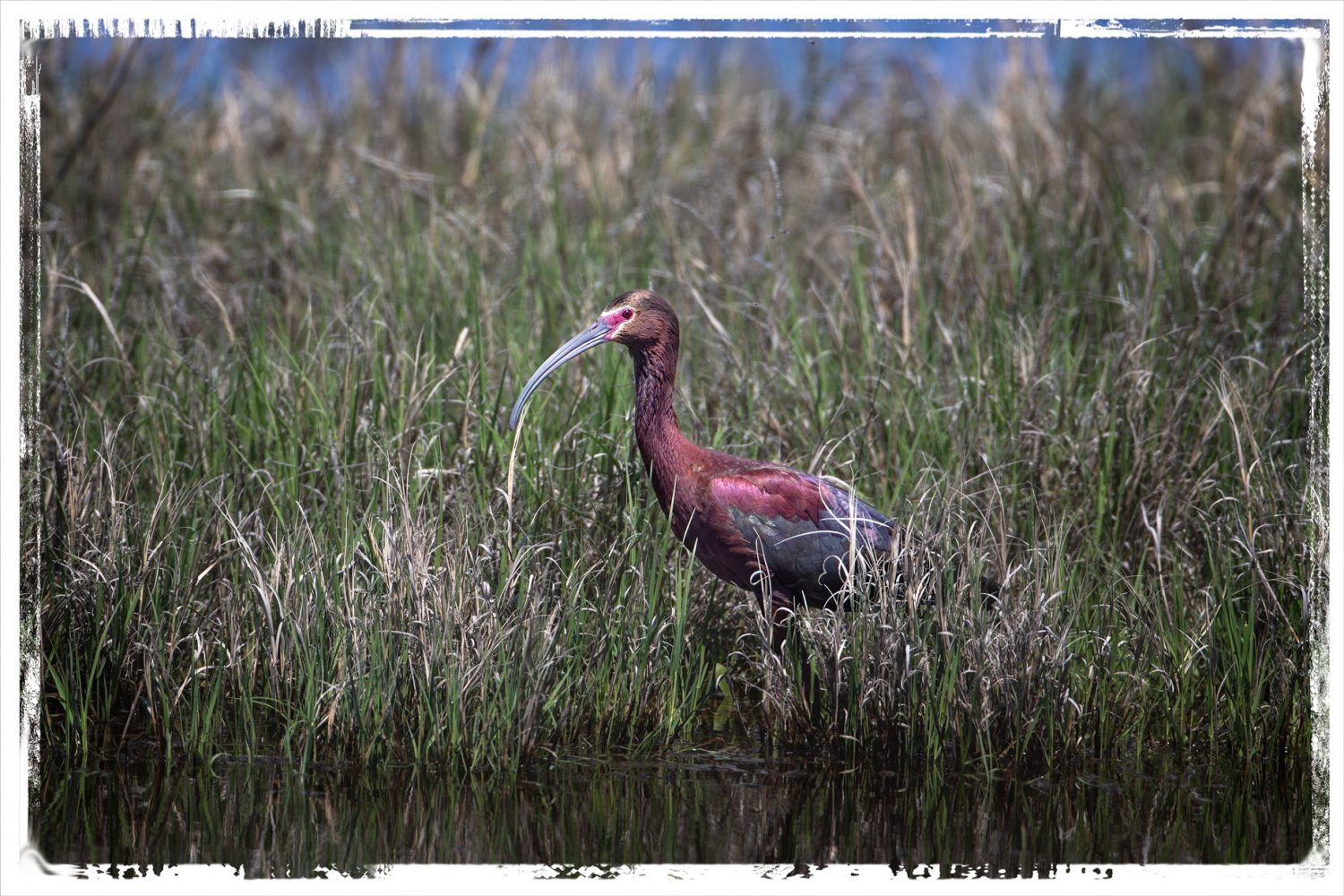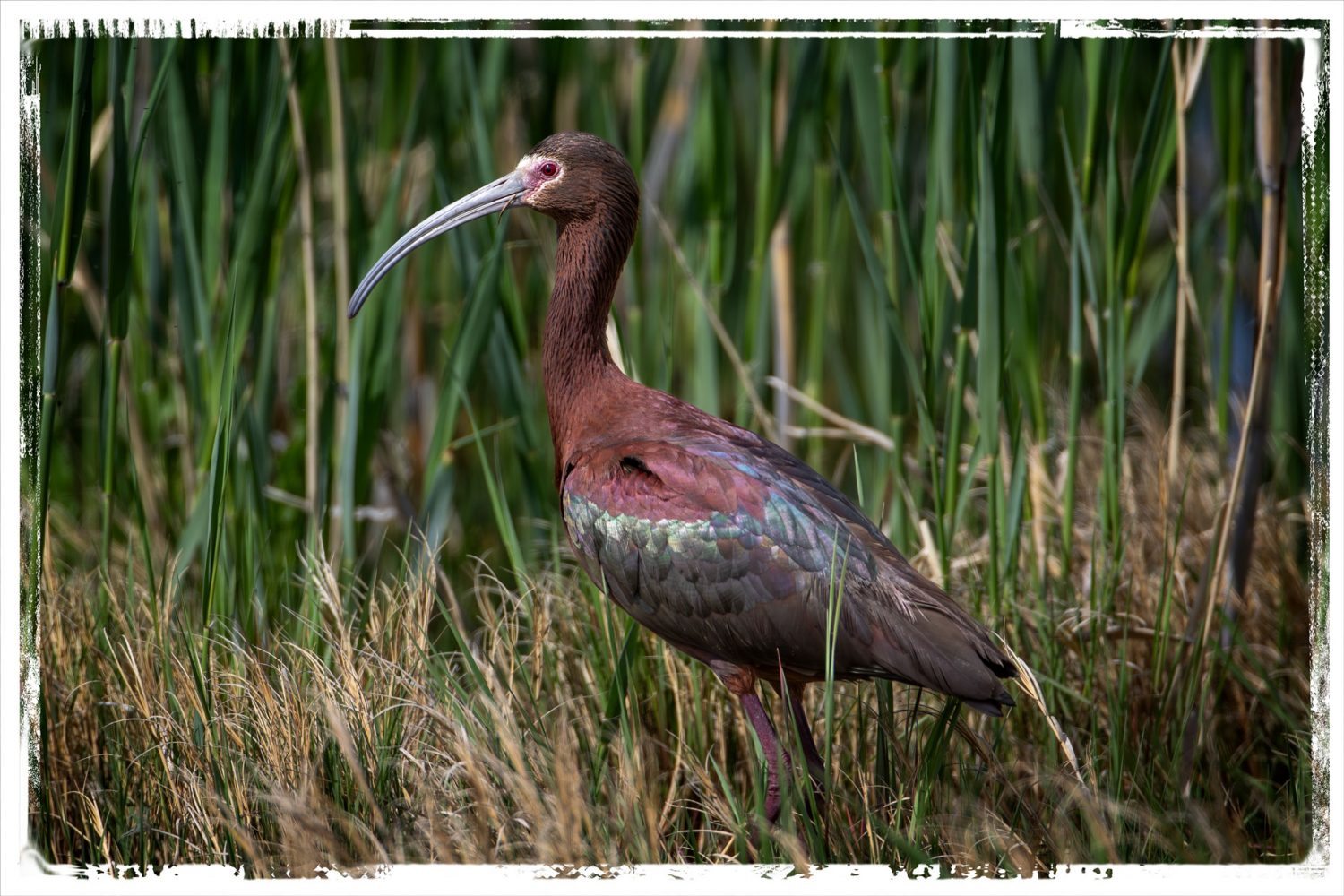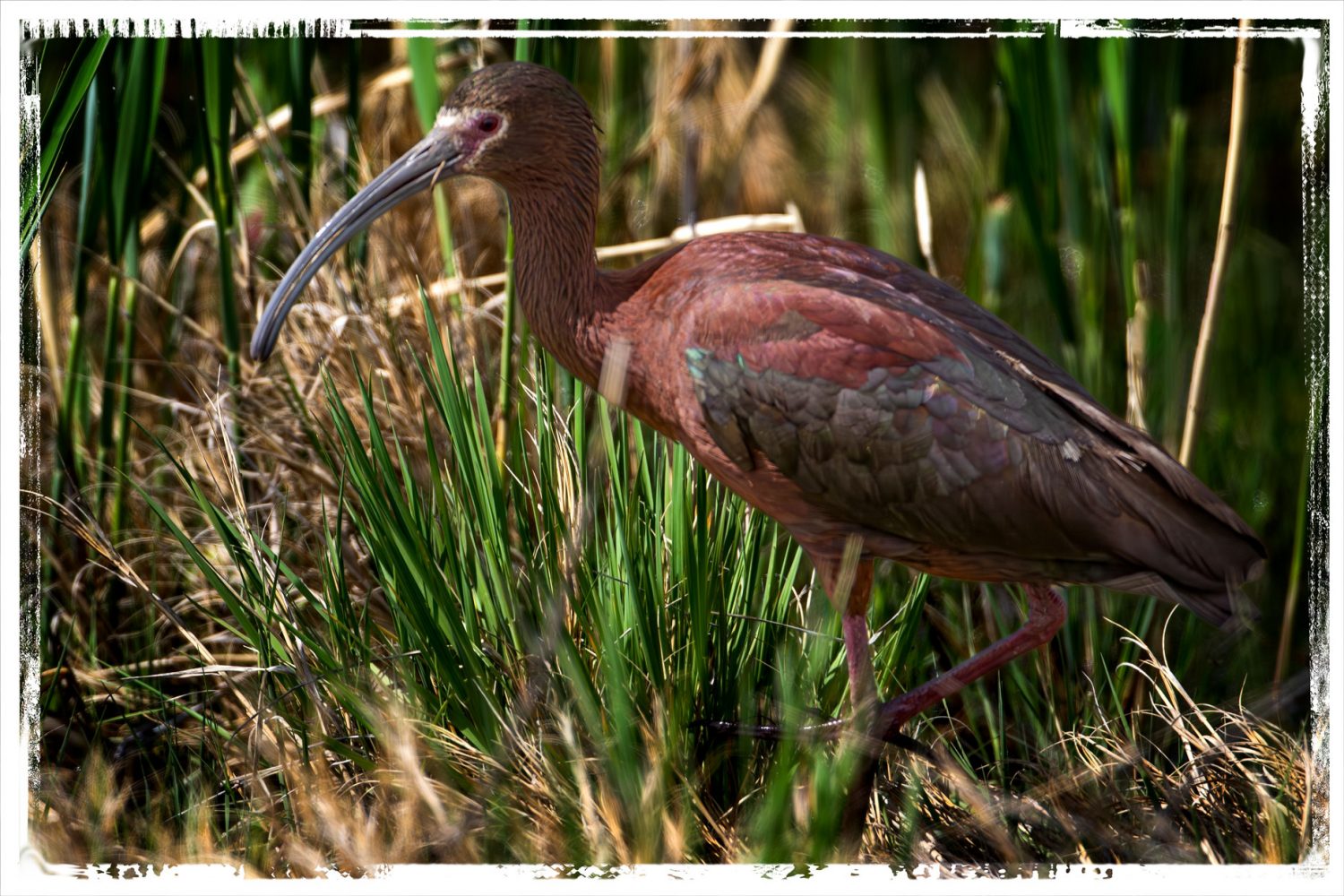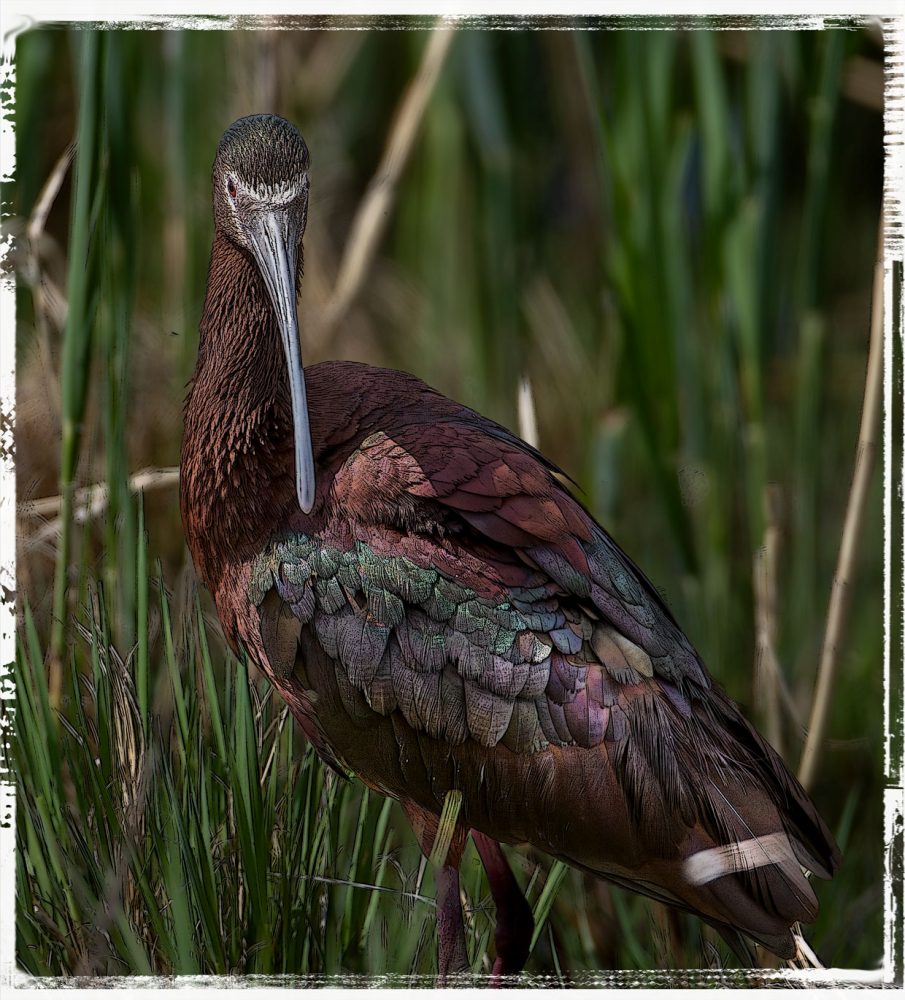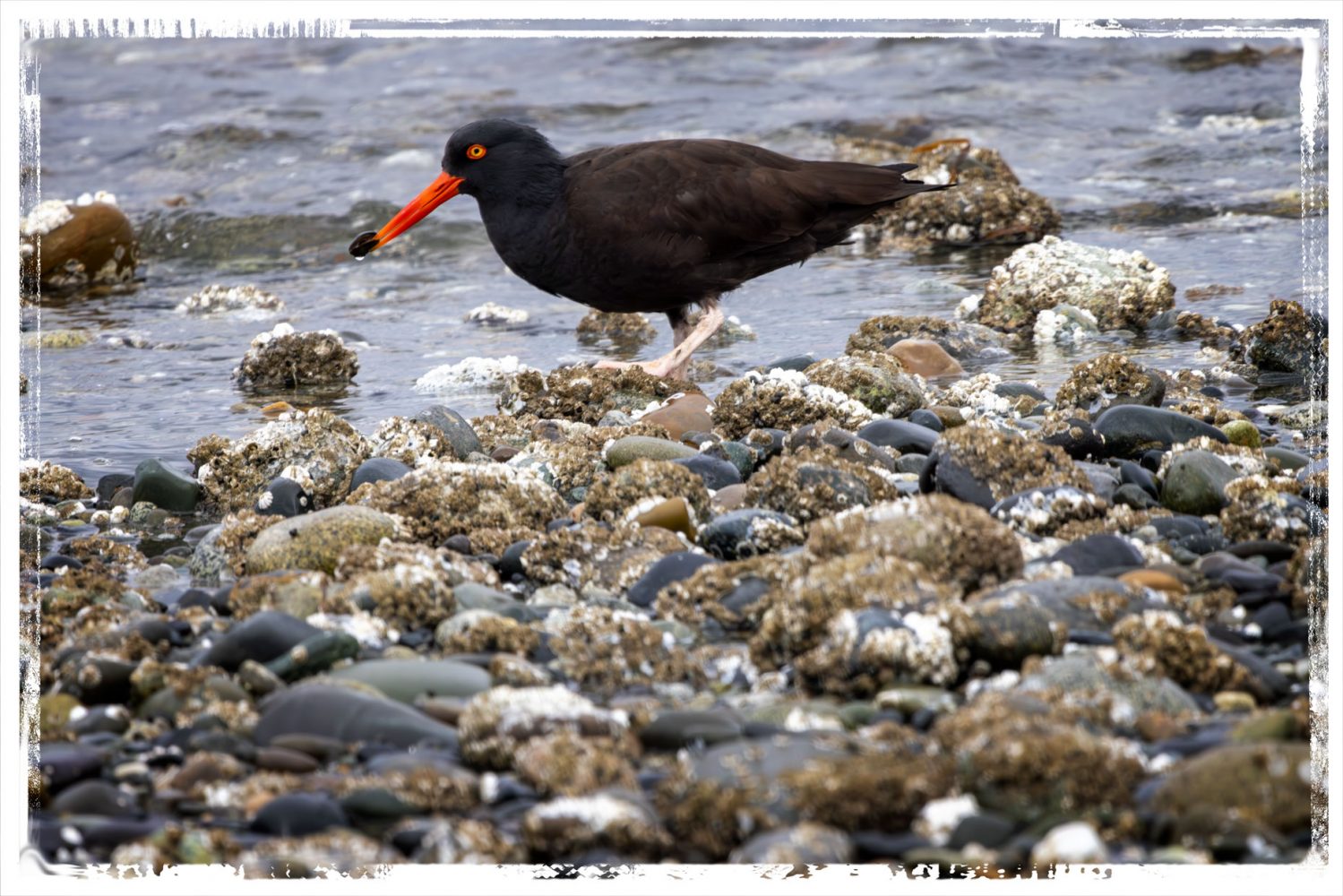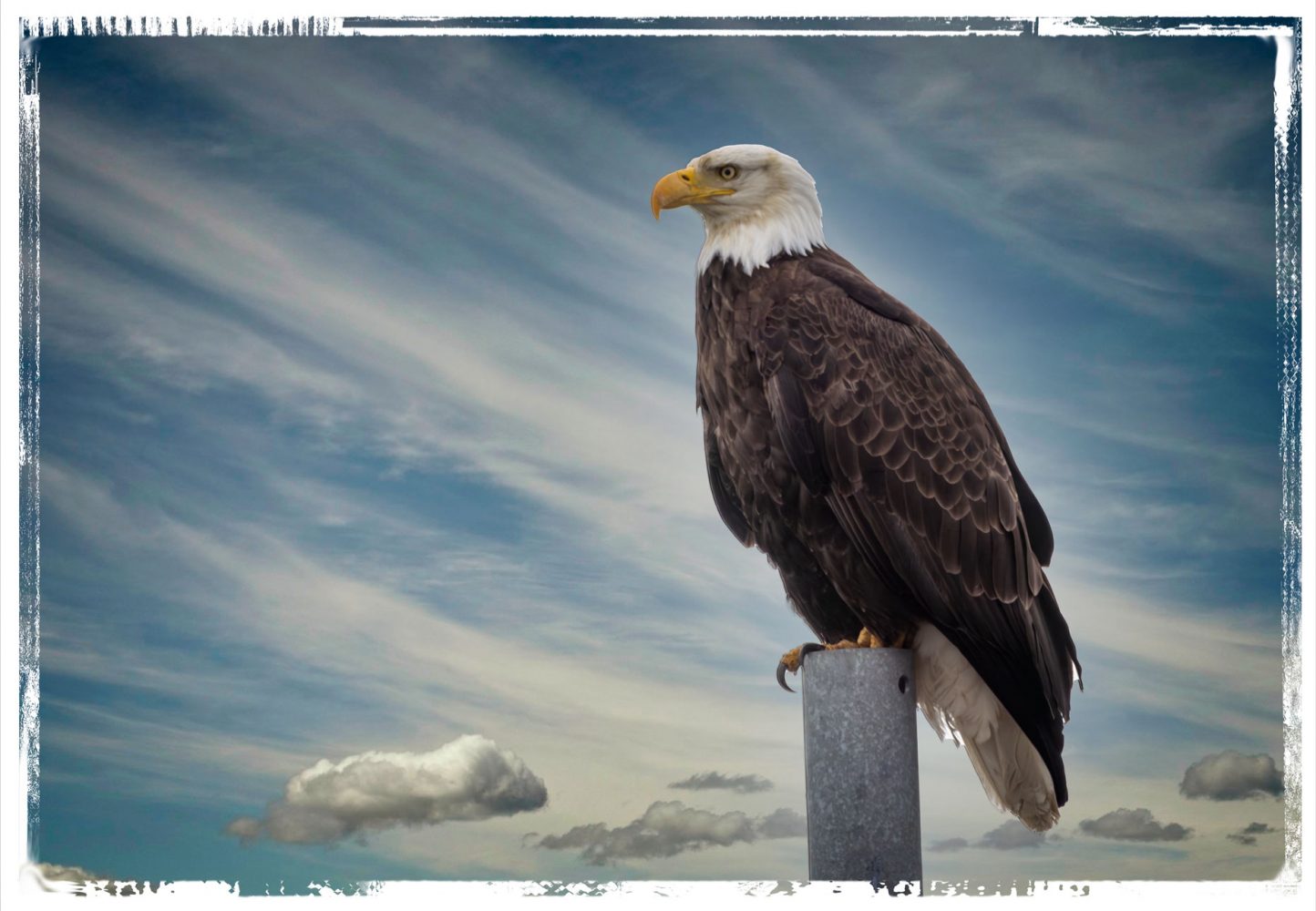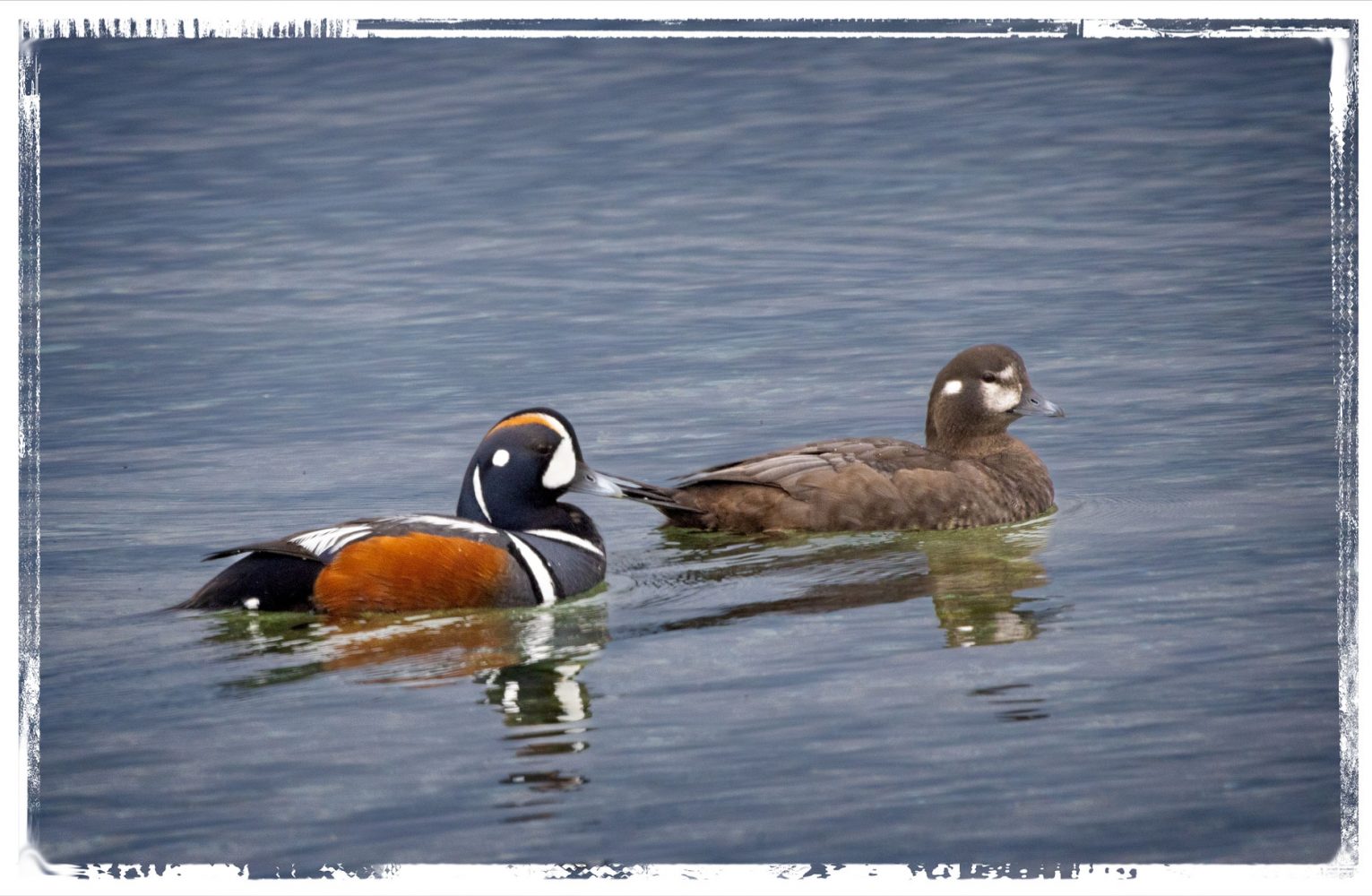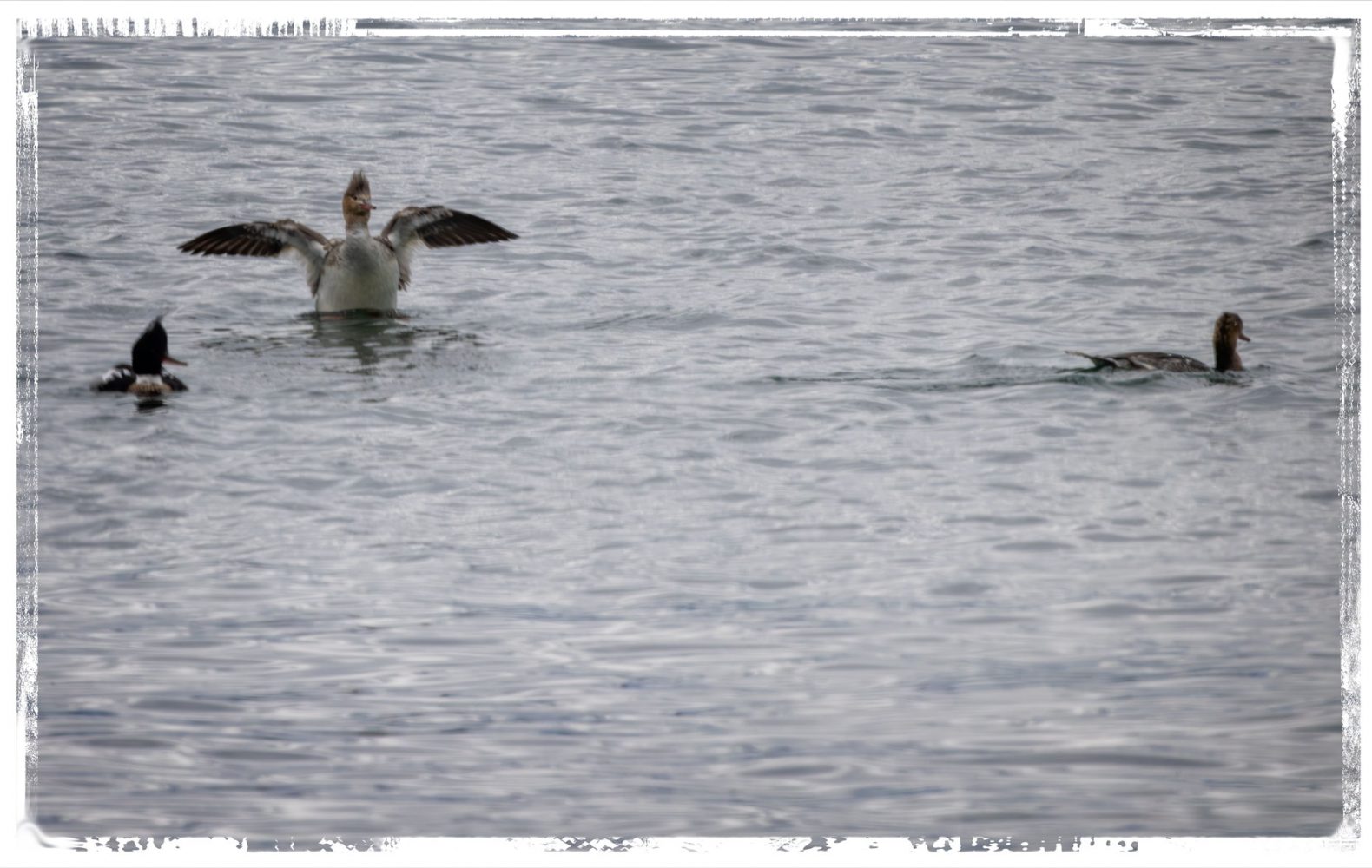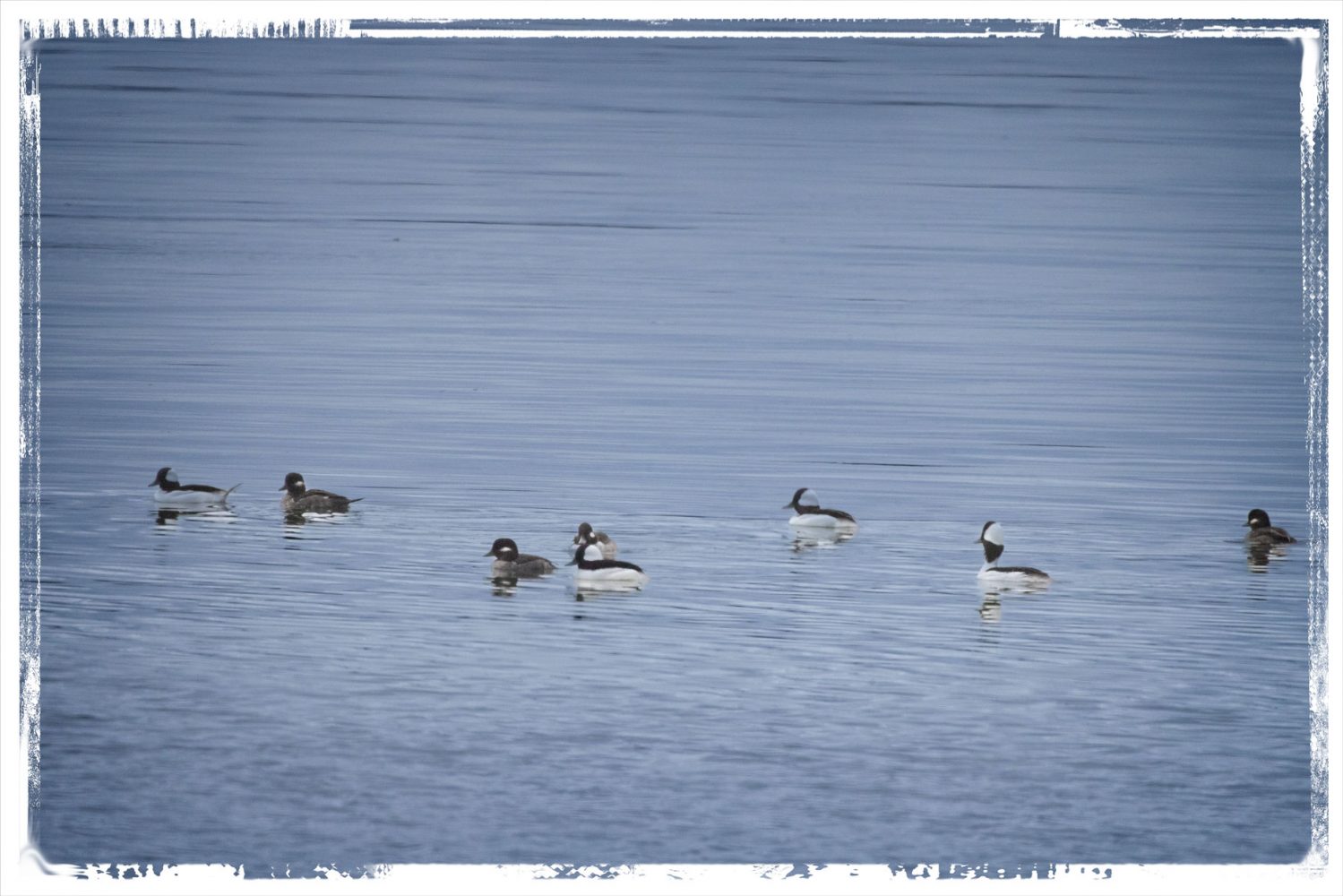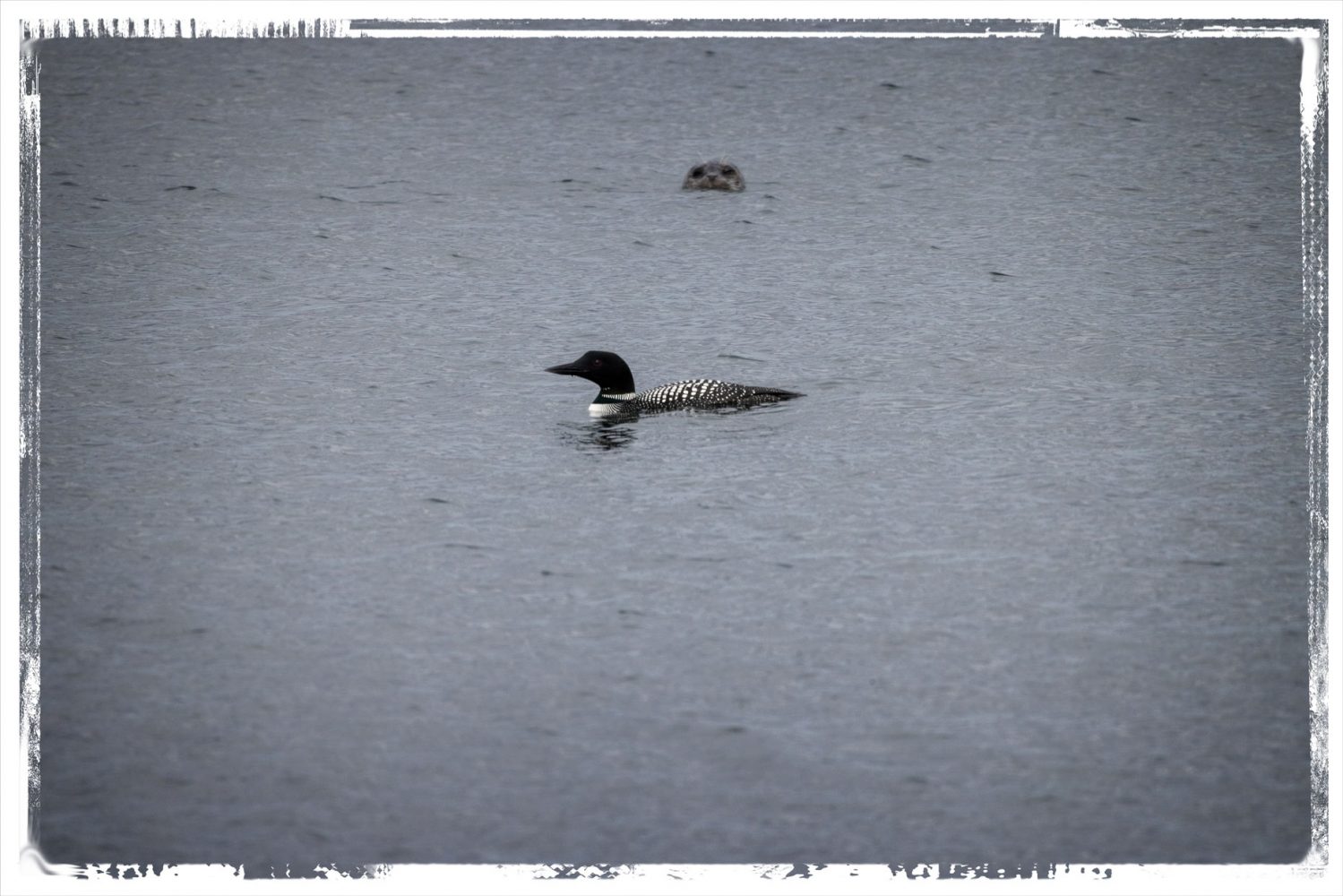Time to finish up our trip to Colorado before I forget that we actually visited there. We arrived early for Zoe’s graduation so that we could see Sydney’s state tournament. It turned out to be a bit of a disappointing day, mainly because Sydney’s team lost the game, ending their run. To make it even more disappointing, though, I didn’t get many decent shots because I took the wrong lens to the game. I brought a birding telephoto lens instead of a zoom lens. So, during the first half, Jen wanted me to take some pictures at Zoe’s graduation, but I didn’t feel comfortable standing up or walking around during the ceremony even if it was outside. After 30 years of attending high school graduations, I see them as a formal event, not a celebration, though that is what they seem to have become. I couldn’t get a single shot of Sydney. I did manage a few shots in the second half where she was a lot further away, but more often than not she was blocked out by other players. It was a disappointing way to be reminded how often you left the wrong lens at home.

We only got one more chance to take pictures on our trip. Jen, Tyson, and Logan took us for a walk where we saw Snowy Egrets
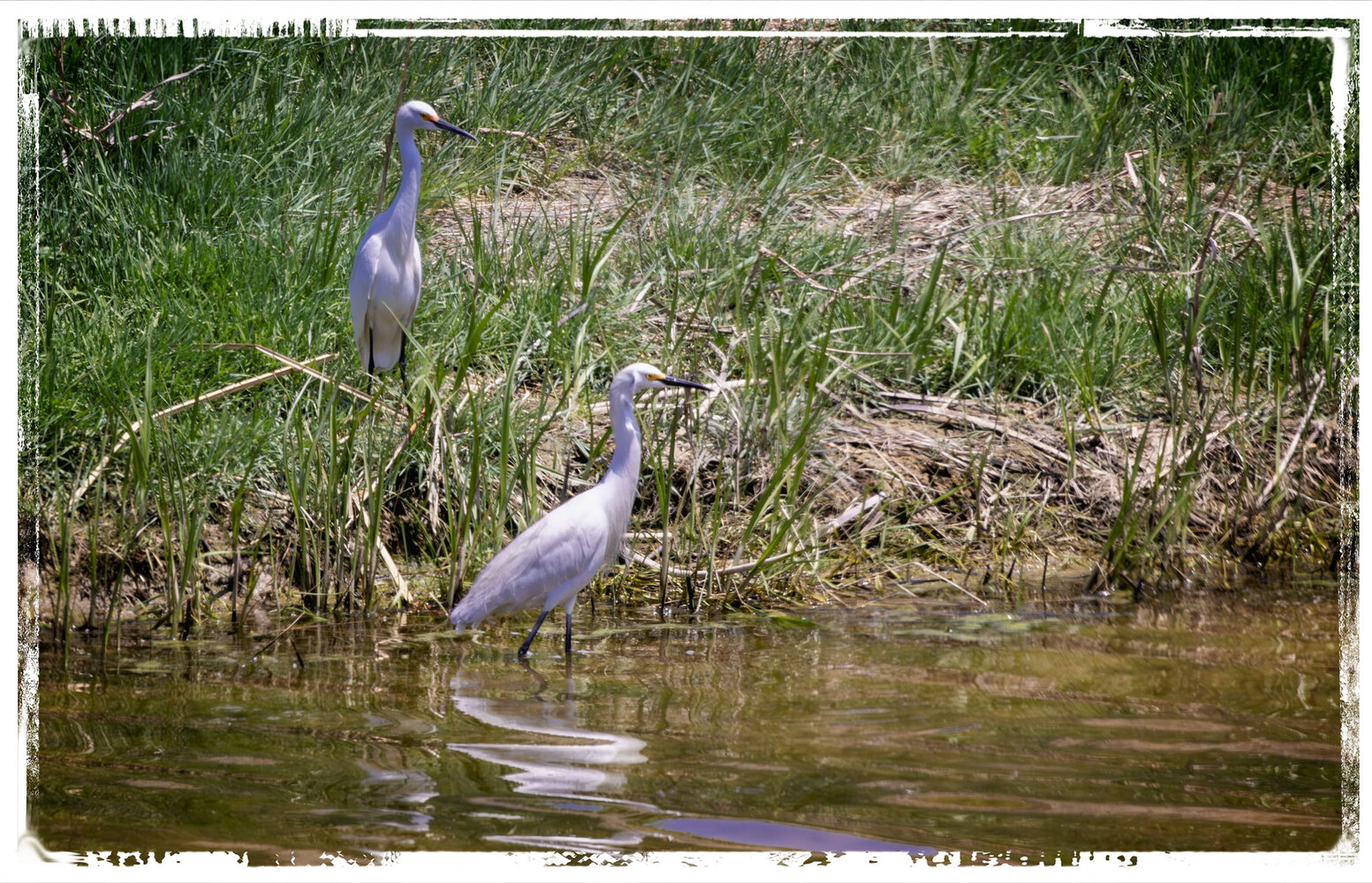
and a small flock of White Pelicans, coincidently one of Jen’s favorite birds. They obliged us by landing right in front of us
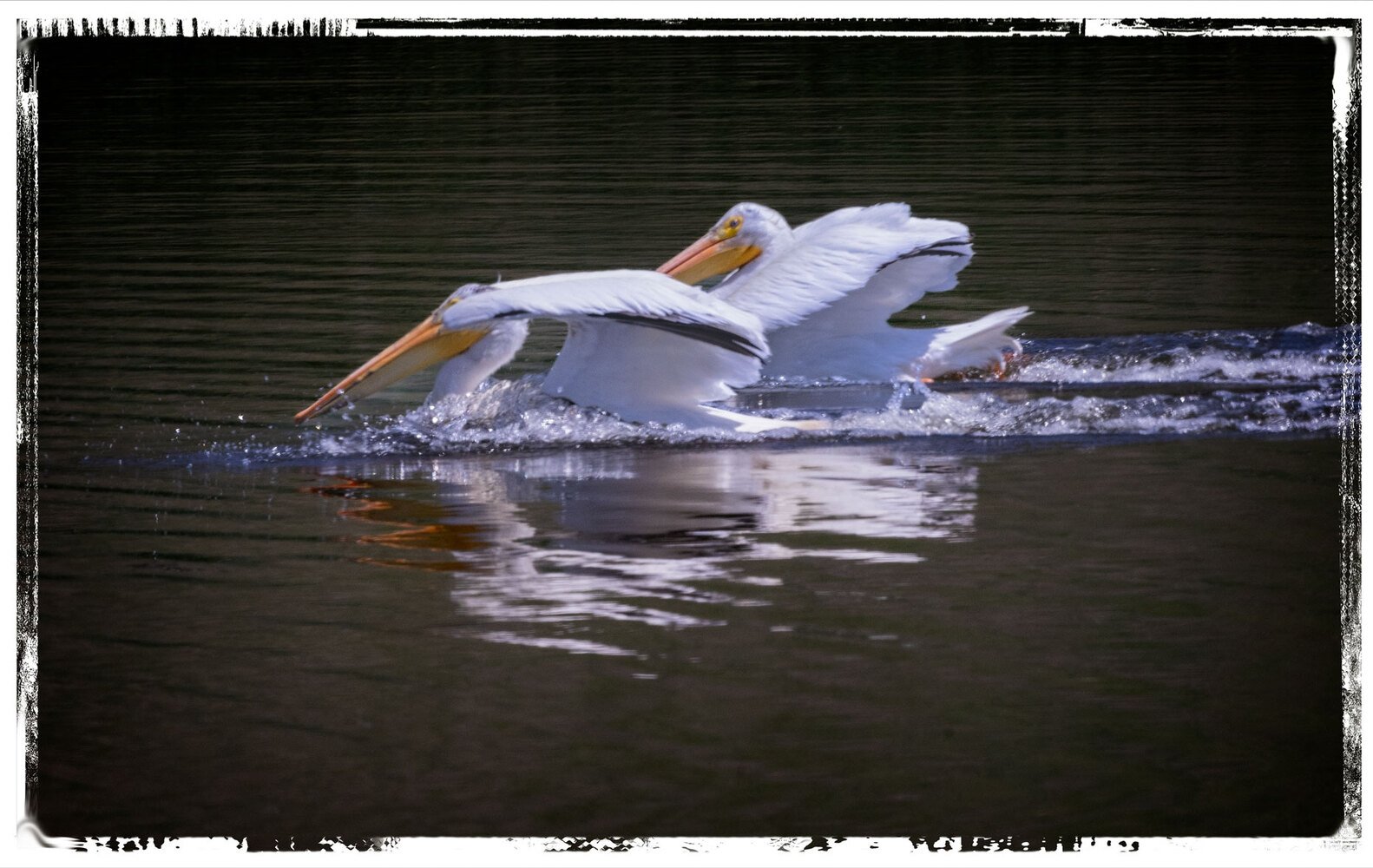
and flying so close over our head that I couldn’t fit the whole Pelican in the frame.
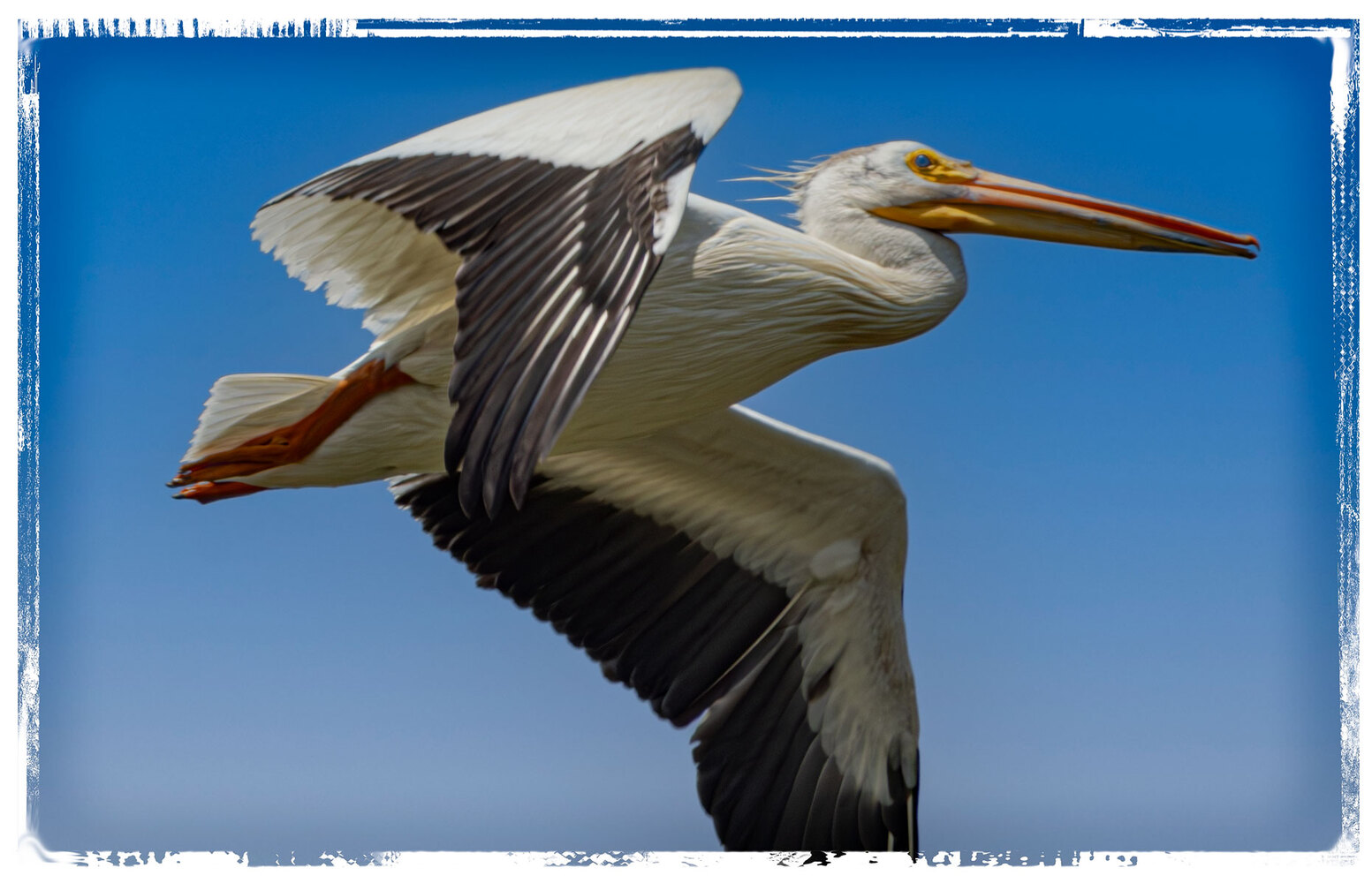
It was a nice way to end our trip, especially after failing so miserably on taking pictures of the soccer game.

